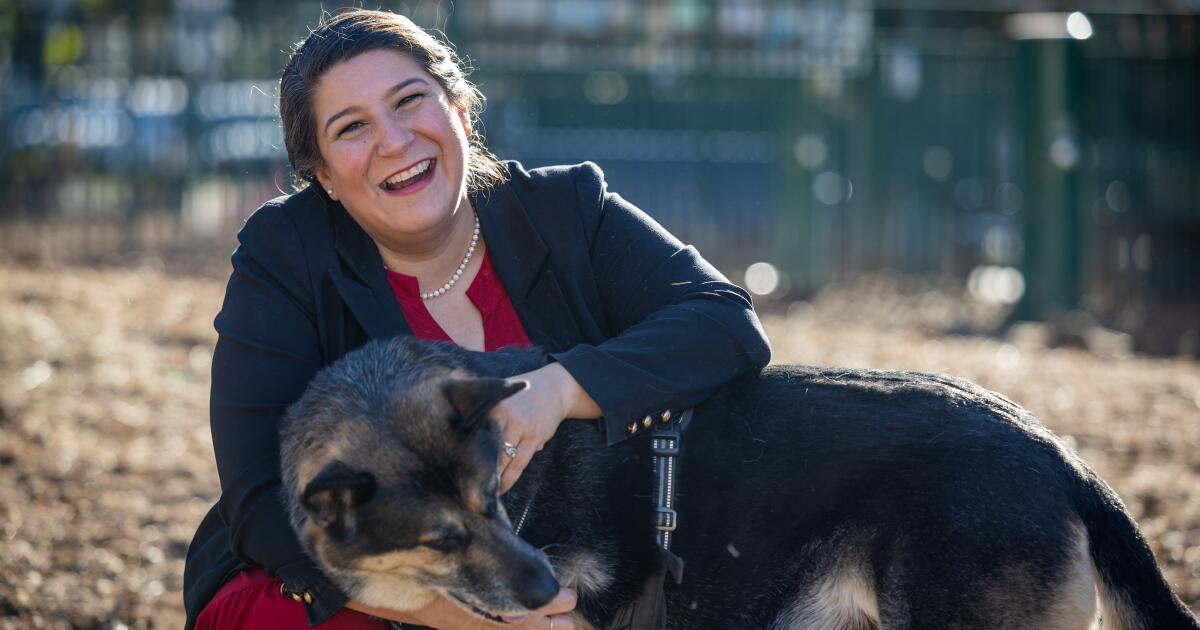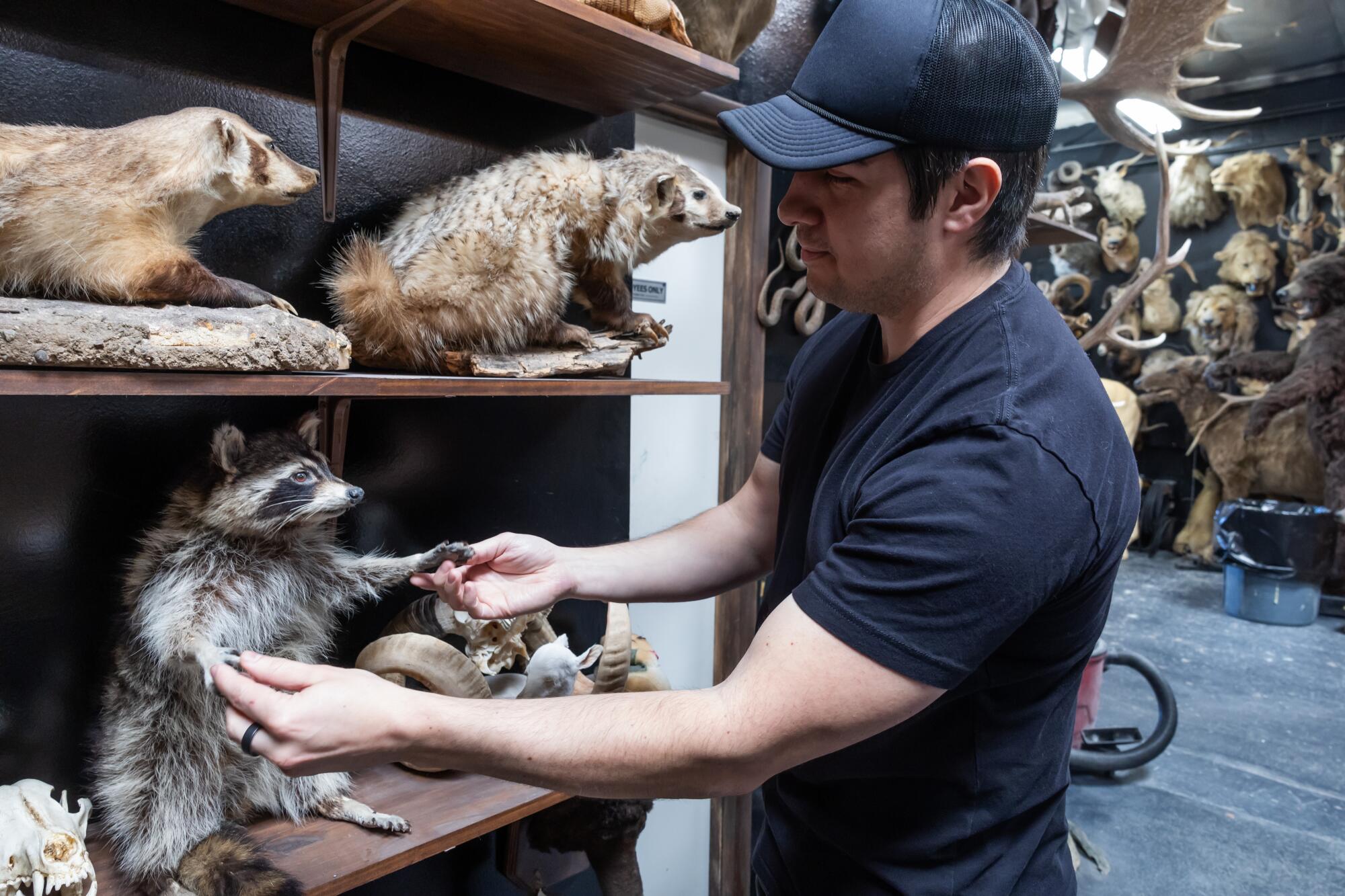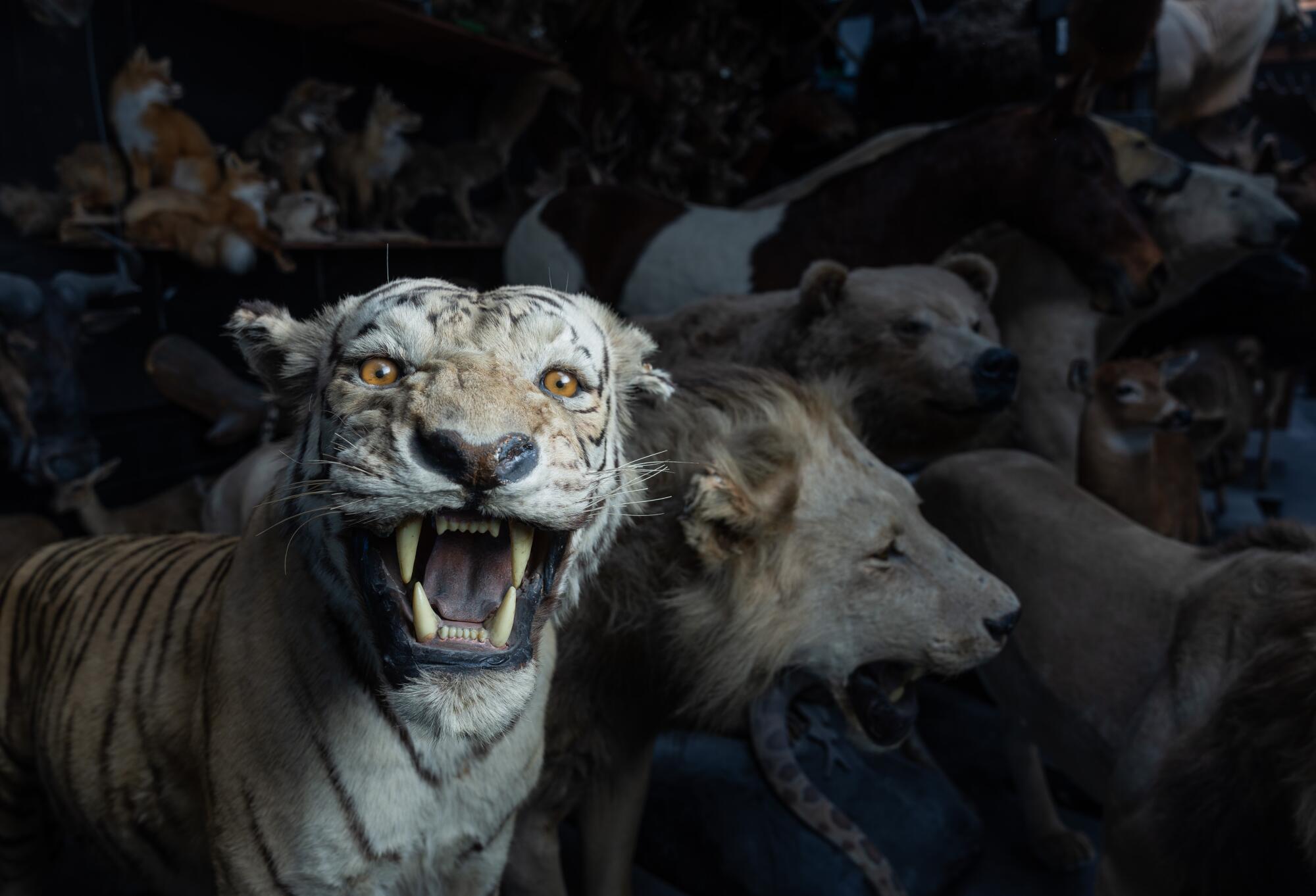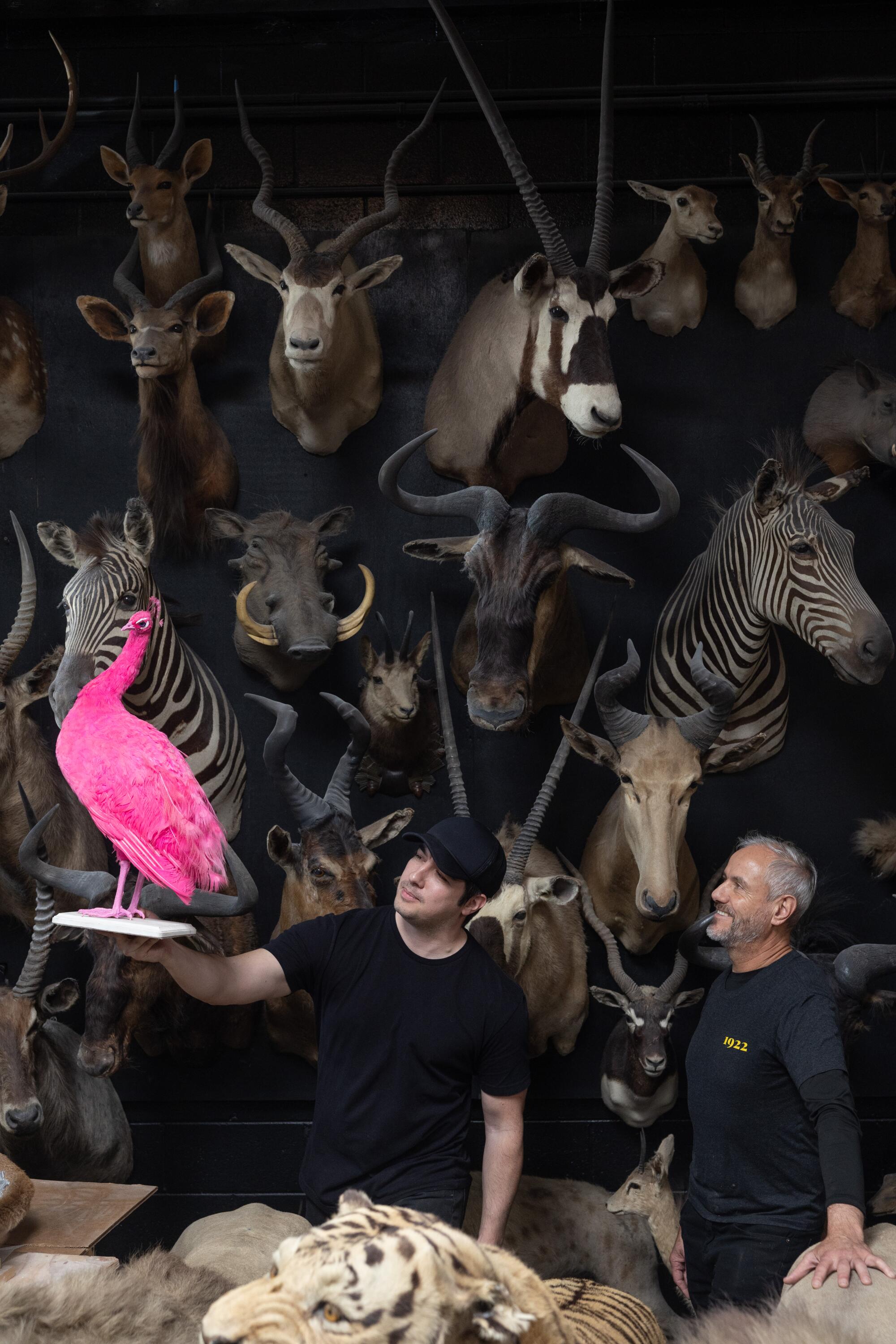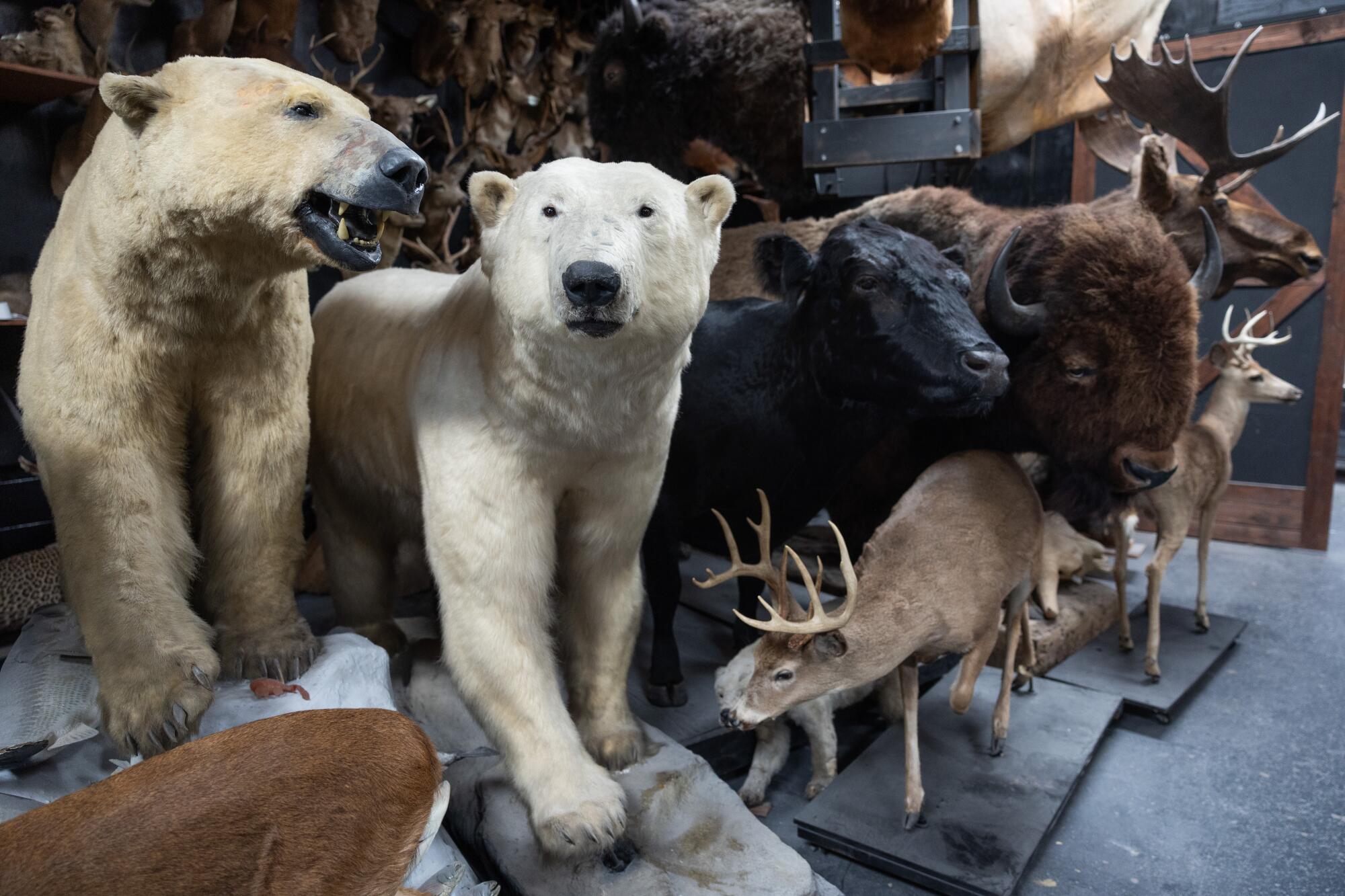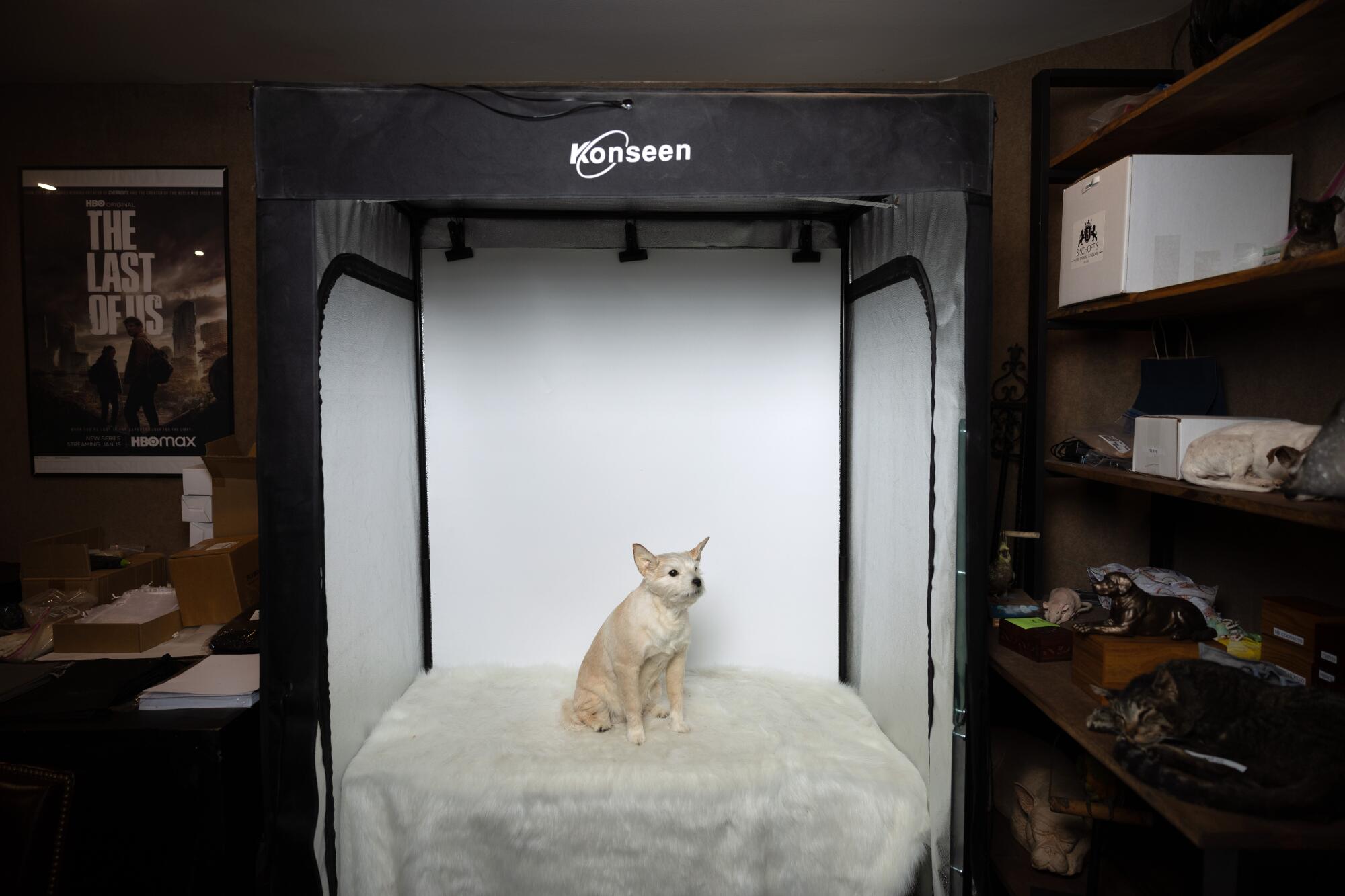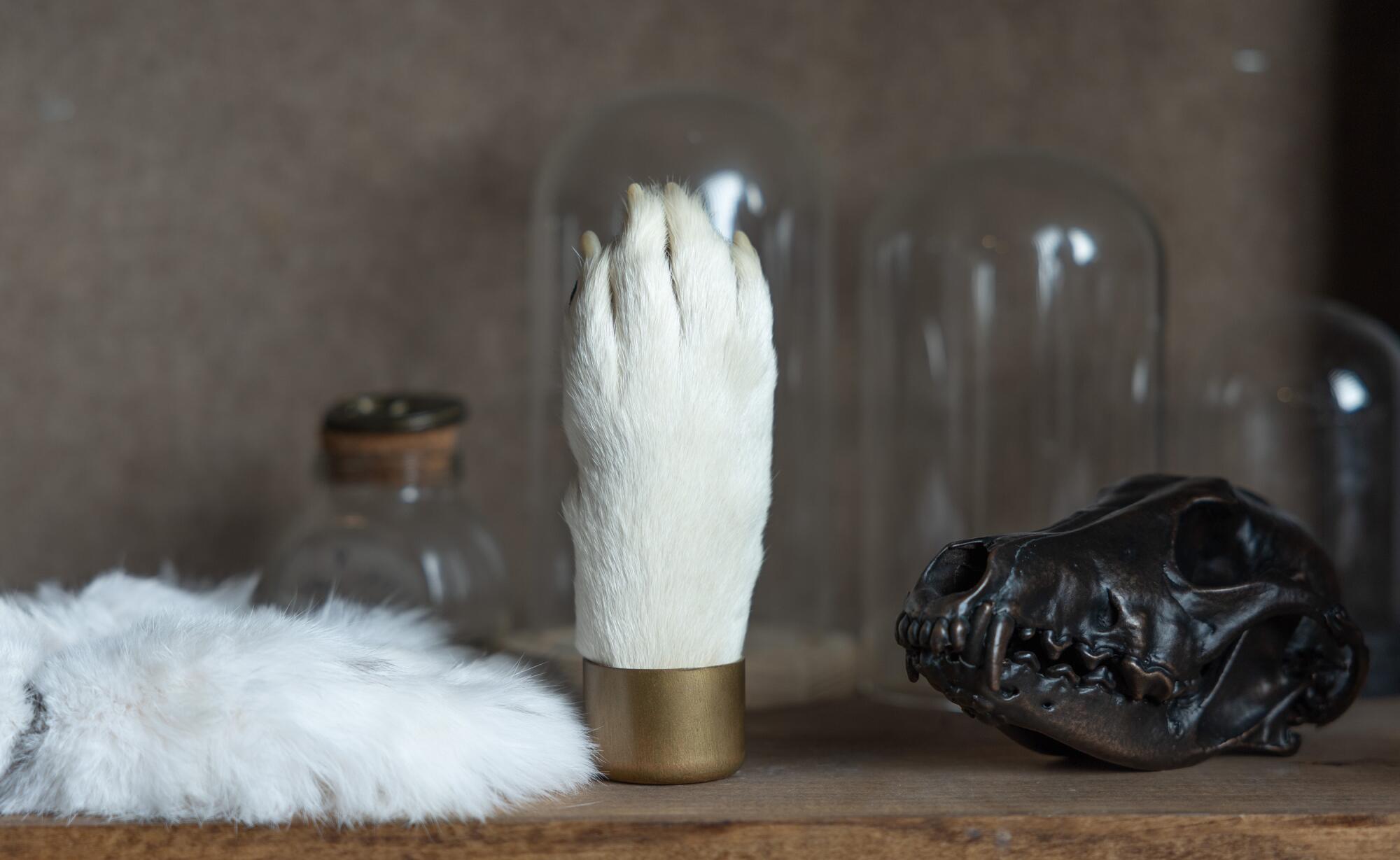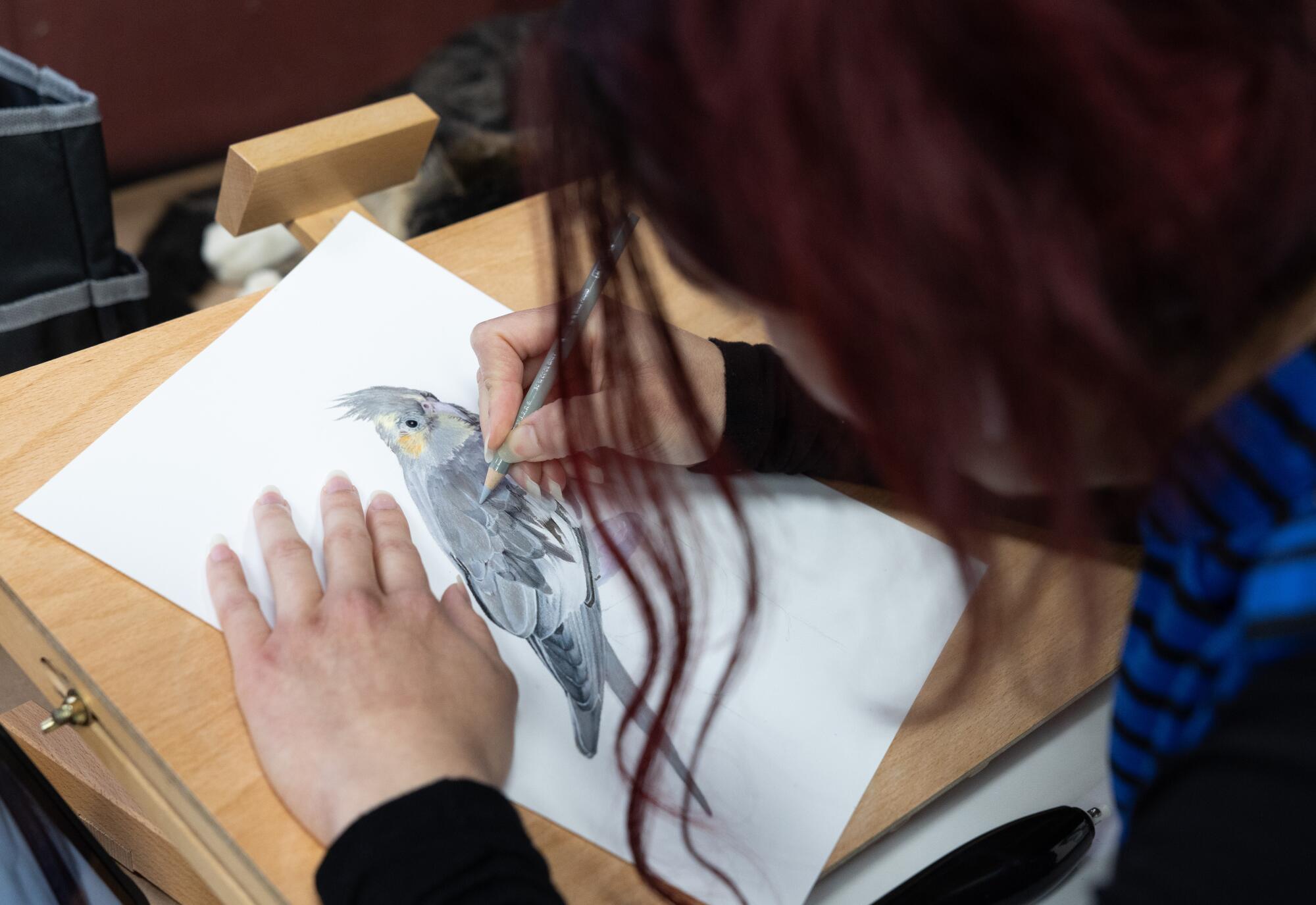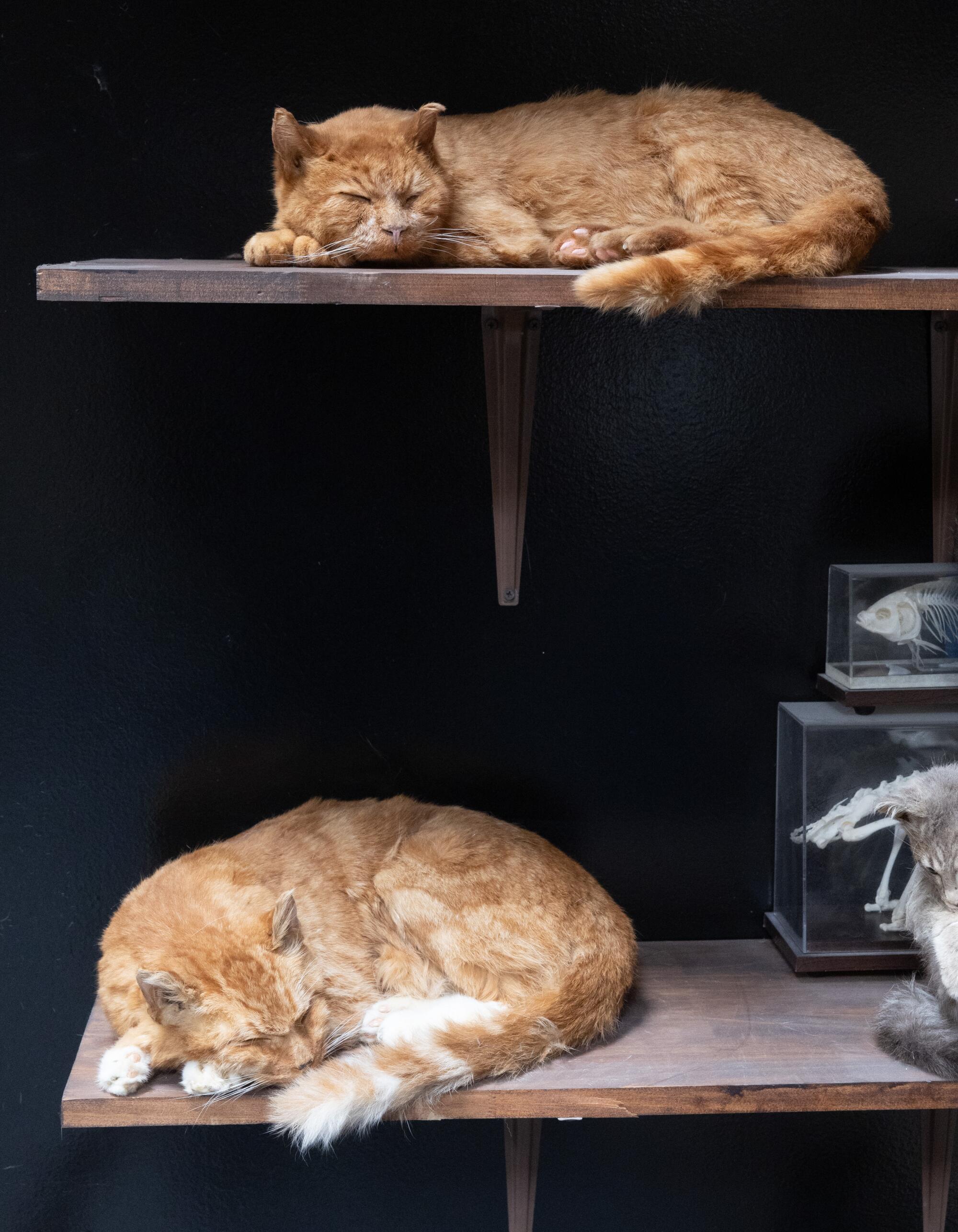Deportation of family of man charged in Boulder firebombing halted
BOULDER, Colo. — A federal judge issued an order Wednesday to prevent the deportation of the wife and five children of an Egyptian man charged in a firebombing attack in Boulder, Colo.
U.S. District Judge Gordon P. Gallagher granted a request from the family of Mohamed Sabry Soliman to halt deportation proceedings of his wife and five children who were taken into federal custody Tuesday by U.S. immigration officials.
The family members have not been charged in the attack on a group demonstrating for the release of Israeli hostages in Gaza. Soliman faces federal hate crime charges and state charges of attempted murder in the Sunday attack in downtown Boulder.
U.S. Secretary of Homeland Security Kristi Noem said Wednesday that they are being processed for removal proceedings. It’s rare that family members of a person accused of a crime are detained and threatened with deportation.
Soliman’s wife, 18-year-old daughter, two minor sons and two minor daughters all are Egyptian citizens, the Department of Homeland Security said in a statement.
“We are investigating to what extent his family knew about this heinous attack, if they had knowledge of it, or if they provided support to it,” Noem said in a statement.
Noem also said federal authorities will immediately crack down on people who overstay their visas in response to the Boulder attack.
Soliman told authorities that no one, including his family, knew about his planned attack, according to court documents that, at times, spelled his name as “Mohammed.”
Earlier Wednesday, authorities raised the number of victims in the attack from 12 to 15, plus a dog.
Boulder County officials who provided updates on the number of victims said in a news release they include eight women and seven men, ranging in age from 25 to 88. The Associated Press left an email message Wednesday with prosecutors seeking more details on the newly identified victims and the dog.
Mohamed Sabry Soliman, 45, had planned to kill all of the roughly 20 participants in Sunday’s demonstration at the popular Pearl Street pedestrian mall, but he threw just two of his 18 Molotov cocktails while yelling “Free Palestine,” police said. Soliman, an Egyptian man who federal authorities say has been living in the U.S. illegally, didn’t carry out his full plan “because he got scared and had never hurt anyone before,” police wrote in an affidavit.
His wife and five children were taken into custody Tuesday by U.S. immigration officials, and the White House said they could be swiftly deported. It’s rare that family members of a person accused of a crime are detained and threatened with deportation in this way.
“Anyone who thinks they can come to America and advocate for antisemitic violence and terrorism — think again,” Noem said in a statement. “You are not welcome here. We will find you, deport you and prosecute you to the fullest extent of the law.
Soliman told authorities that no one, including his family, knew about his plans for the attack, according to court documents that, at times, spelled his name as “Mohammed.”
According to an FBI affidavit, Soliman told police he was driven by a desire “to kill all Zionist people” — a reference to the movement to establish and protect a Jewish state in Israel. Authorities said he expressed no remorse about the attack.
A vigil was scheduled for Wednesday evening at the local Jewish community center to support those affected by the attack.
Defendant’s immigration status
Soliman was born in el-Motamedia, an Egyptian farming village in the Nile Delta province of Gharbia that’s located about 75 miles north of Cairo, according to an Egyptian security official who spoke on the condition of anonymity because he wasn’t authorized to talk to the media.
Before moving to Colorado Springs three years ago, he spent 17 years in Kuwait, according to court documents.
He has been living in the U.S. illegally, having arrived in August 2022 on a tourist visa that expired in February 2023, Department of Homeland Security Assistant Secretary Tricia McLaughlin said in a post on X. She said Soliman filed for asylum in September 2022 and was granted a work authorization in March 2023, but that it also expired.
DHS did not respond to requests for additional information about the immigration status of his wife and children and the U.S. State Department said that visa records are confidential. The New York Times, citing McLaughlin, said his family’s visas have since been revoked and they were arrested Tuesday by ICE.
Hundreds of thousands of people overstay their visas each year in the United States, according to Homeland Security Department reports.
The case against Soliman
Soliman told authorities that he had been planning the attack for a year and was waiting for his daughter to graduate before carrying it out, the affidavit said.
A newspaper in Colorado Springs that profiled one of Soliman’s children in April noted the family’s journey from Egypt to Kuwait and then to the U.S. It said after initially struggling in school, she landed academic honors and volunteered at a local hospital.
Soliman currently faces federal hate crime charges and attempted murder charges at the state level, but authorities say additional charges could be brought. He’s being held in a county jail on a $10-million bond and is scheduled to make an appearance in state court on Thursday.
His attorney, Kathryn Herold, declined to comment after a state court hearing Monday.
Witnesses and police have said Soliman threw two incendiary devices, catching himself on fire as he hurled the second. Authorities said they believe Soliman acted alone. Although they did not elaborate on the nature of his injuries, a booking photo showed him with a large bandage over one ear.
The attack unfolded against the backdrop of the Israel-Hamas war, which continues to inflame global tensions and has contributed to a spike in antisemitic violence in the United States. The attack happened at the beginning of the Jewish holiday of Shavuot and barely a week after a man who also yelled “Free Palestine” was charged with fatally shooting two Israeli Embassy staffers outside a Jewish museum in Washington.
Six victims hospitalized
The victims ranged in age from 25 to 88, and the nature of some of their injuries spanned from serious to minor, officials said. They were members of the volunteer group called Run For Their Lives who were holding their weekly demonstration.
Three victims were still hospitalized Tuesday at the UCHealth University of Colorado Hospital, spokesperson Kelli Christensen said.
One of the 15 victims was a child when her family fled the Nazis during the Holocaust, said Ginger Delgado of the Arapahoe County Sheriff’s Office, who is acting as a spokesperson for the family of the woman, who doesn’t want her name used.
Slevin, Bedayn and Santana write for the Associated Press. AP reporters Eric Tucker in Washington; Heather Hollingsworth in Kansas City, Mo.; Samy Magdy in Cairo; Sean Murphy in Oklahoma City; and Hallie Golden in Seattle contributed to this report.

